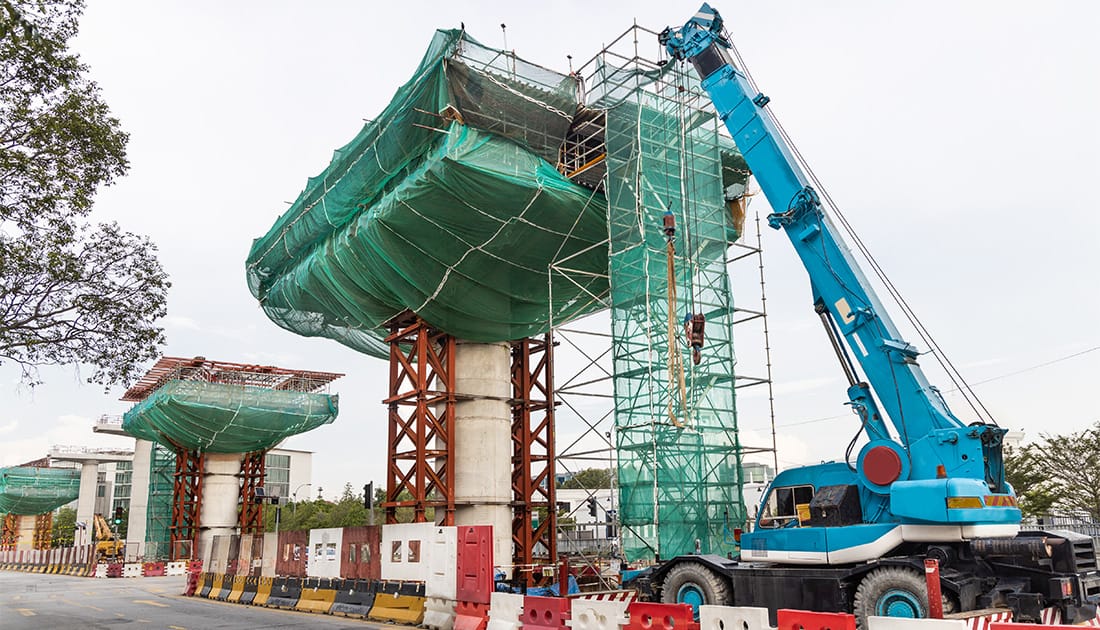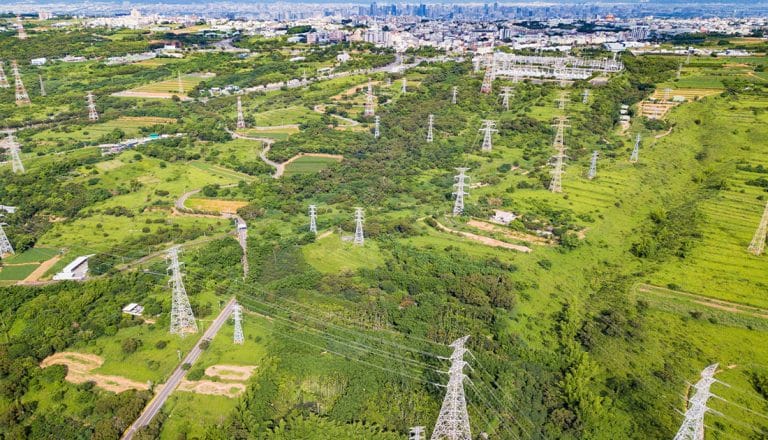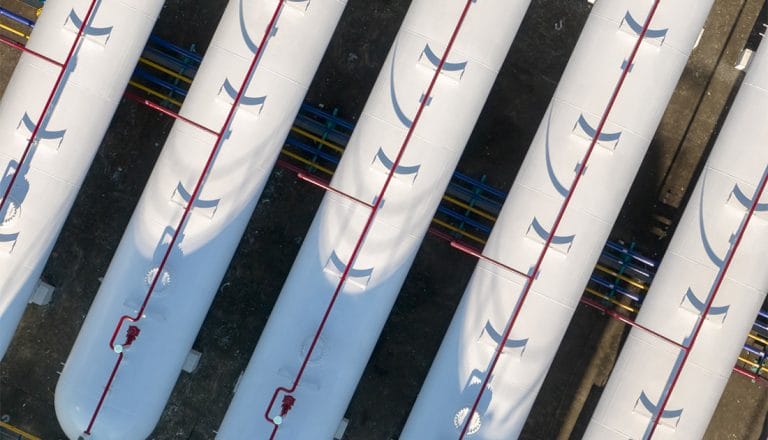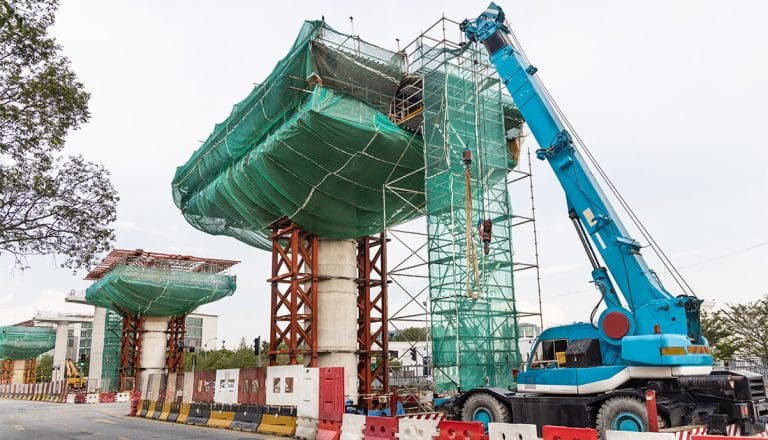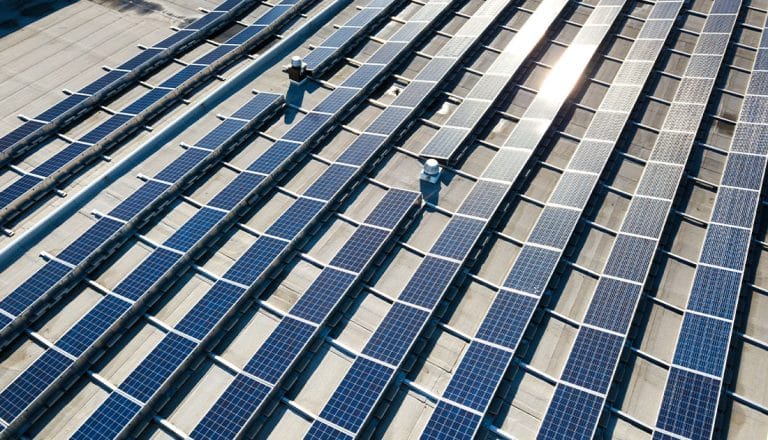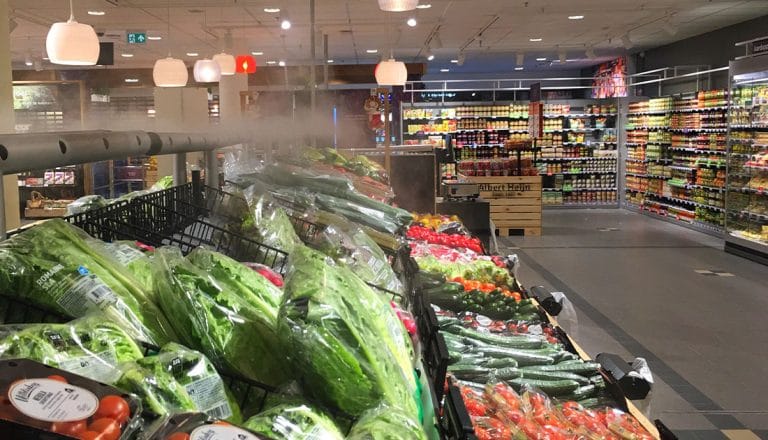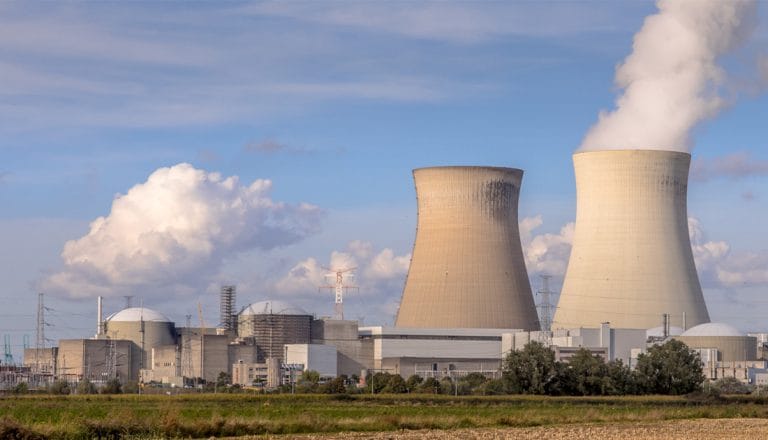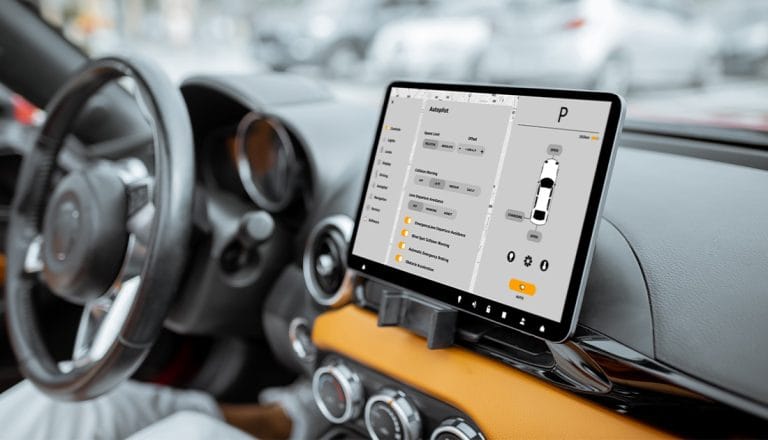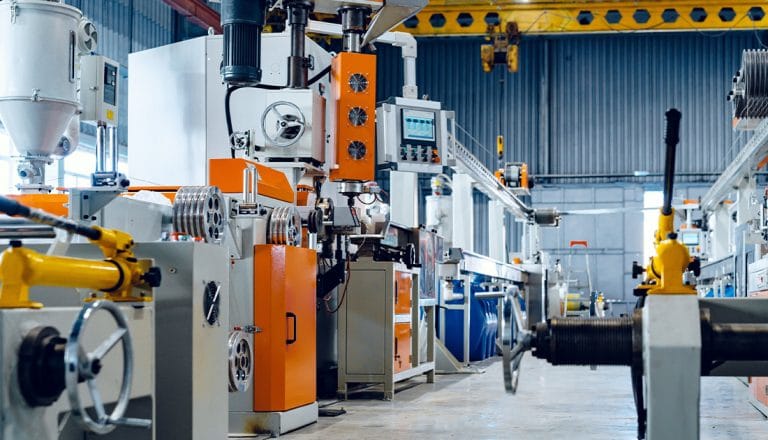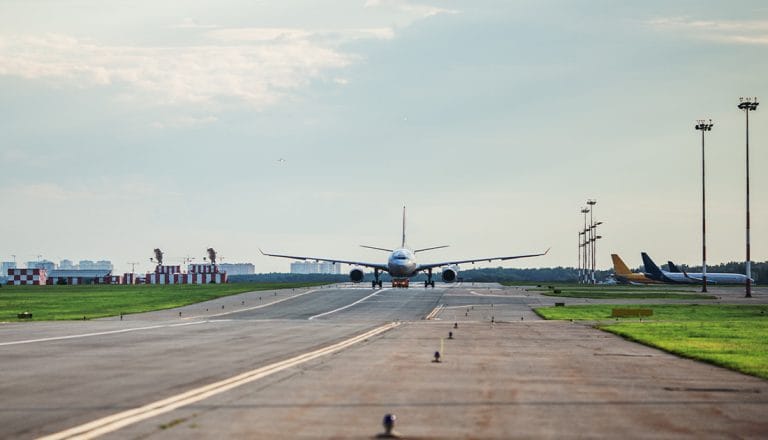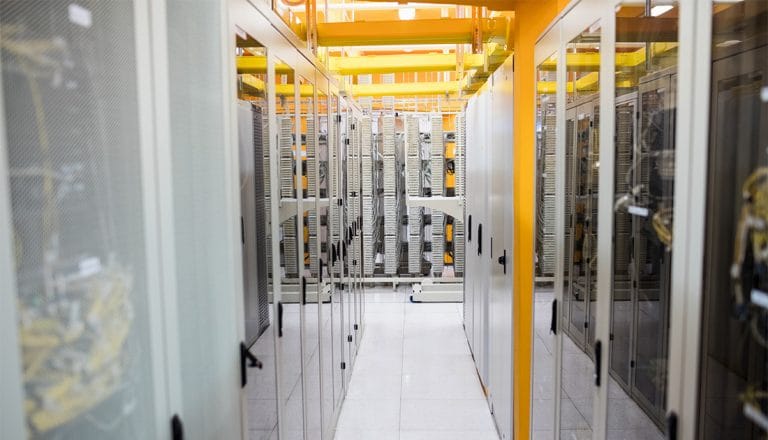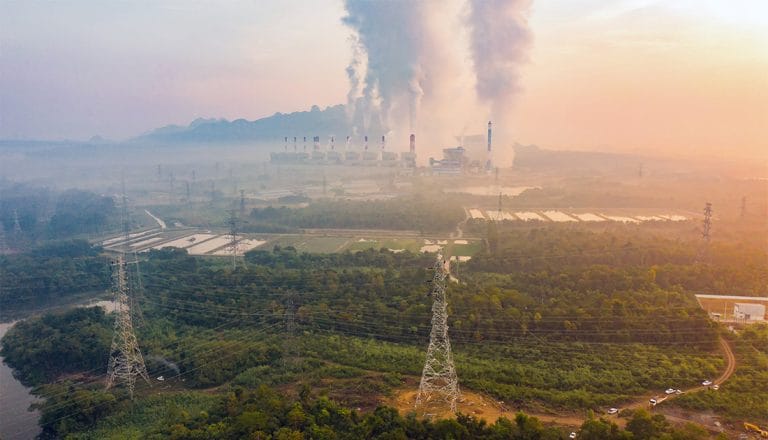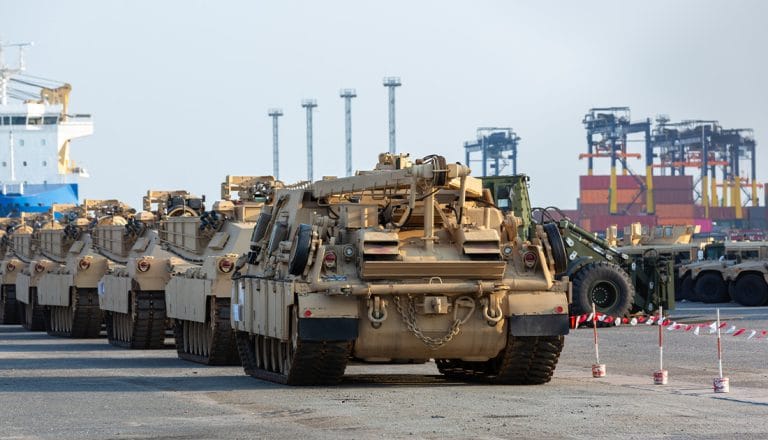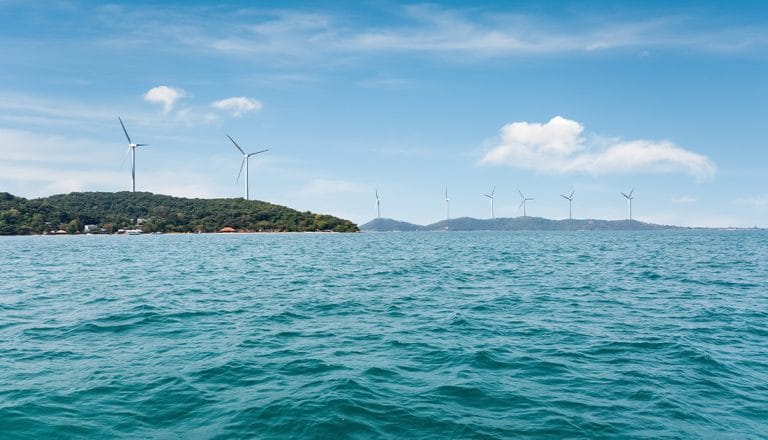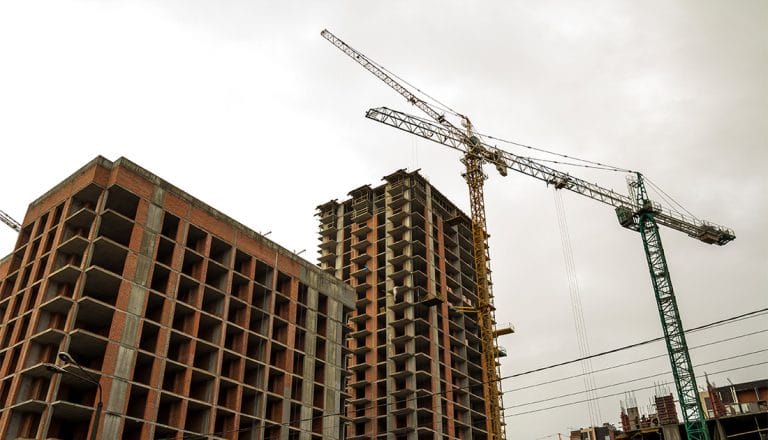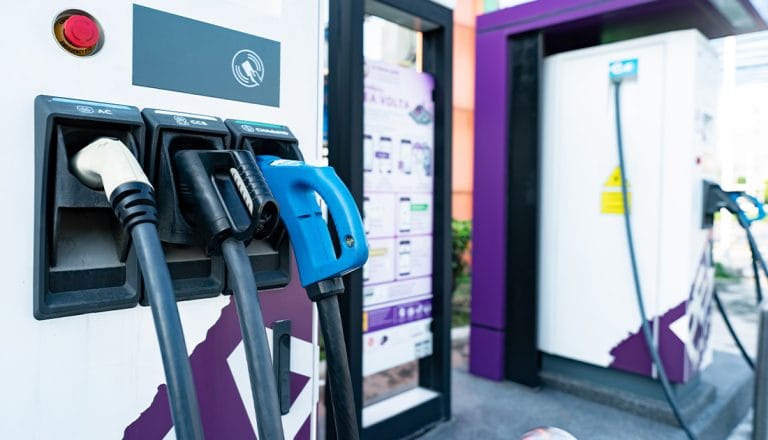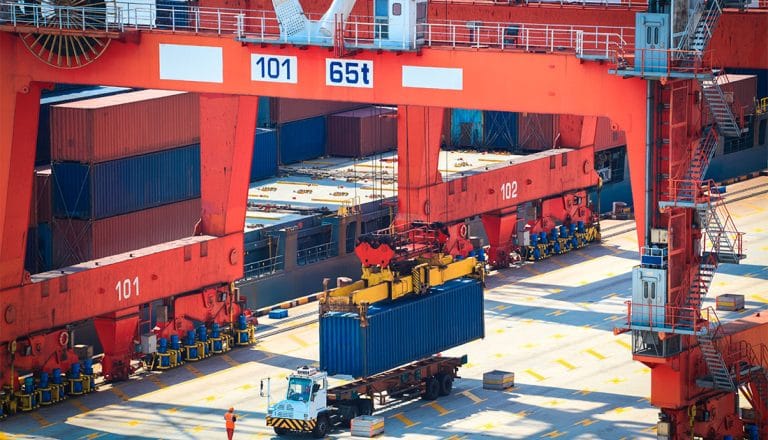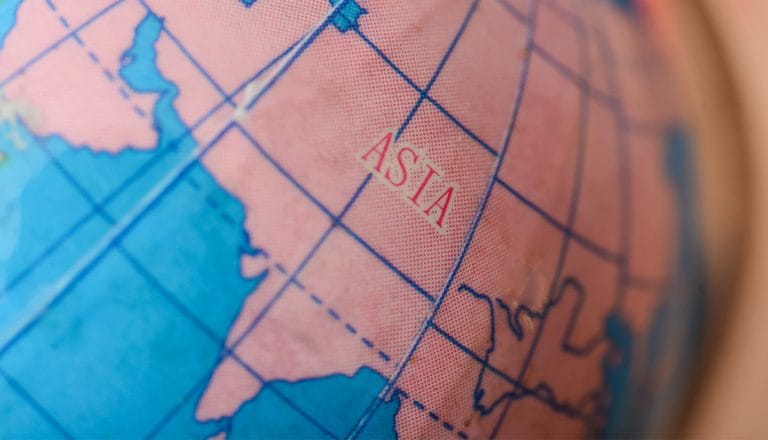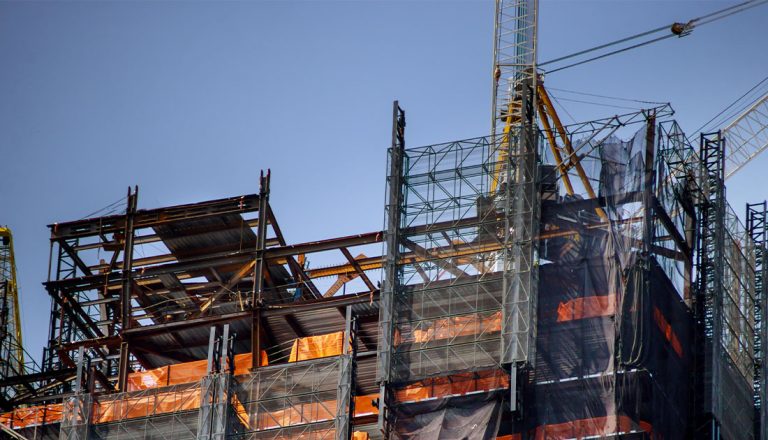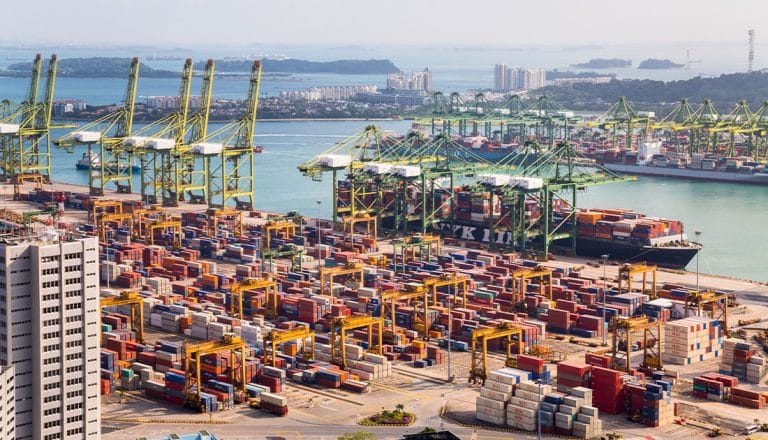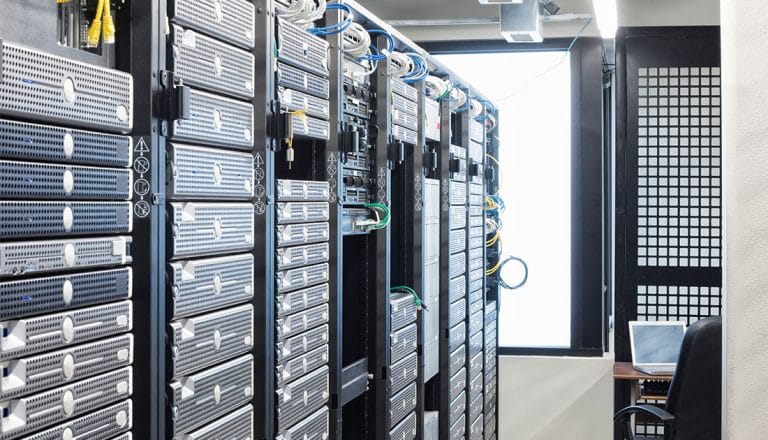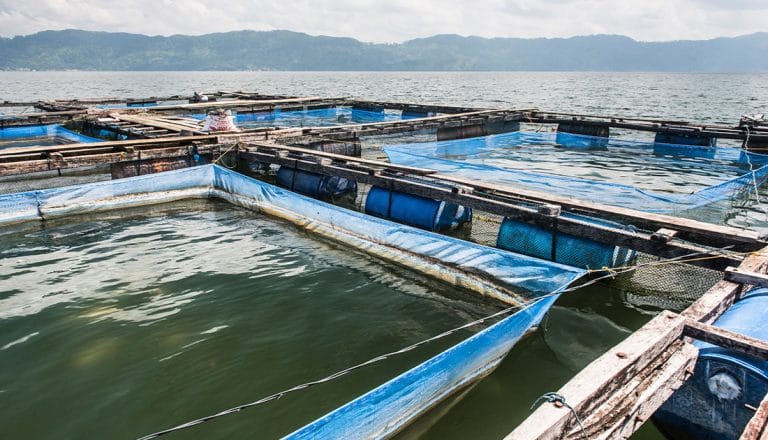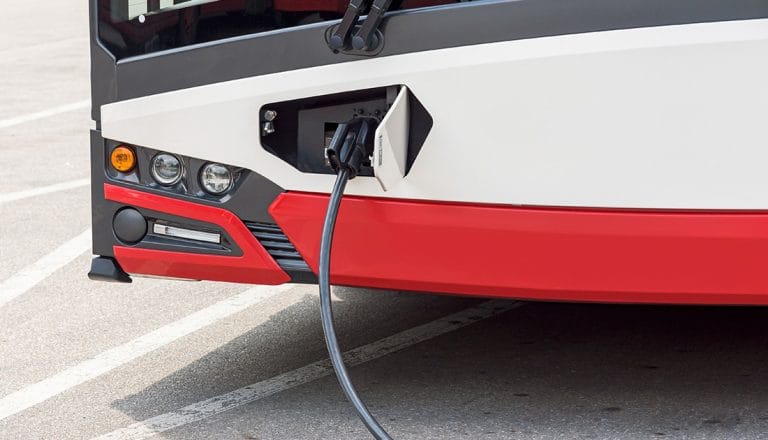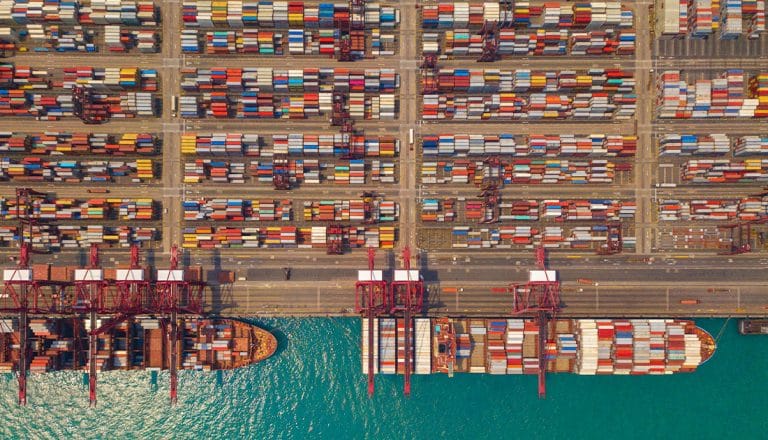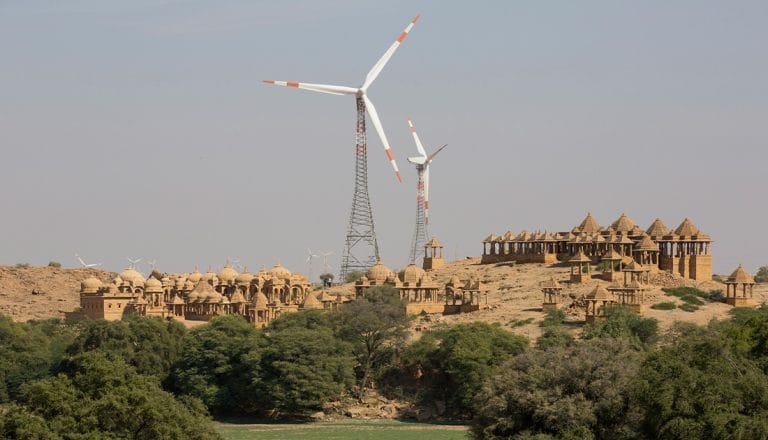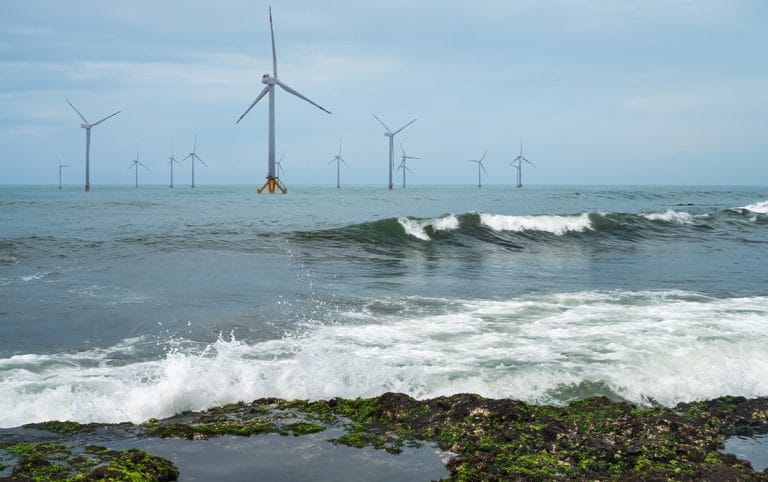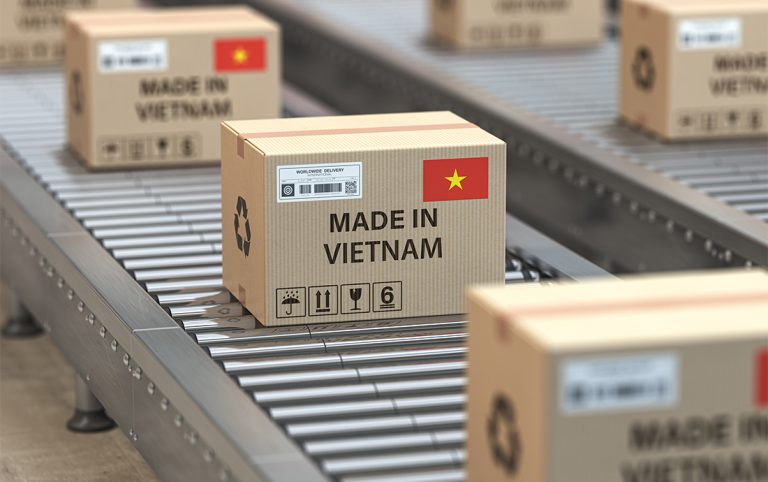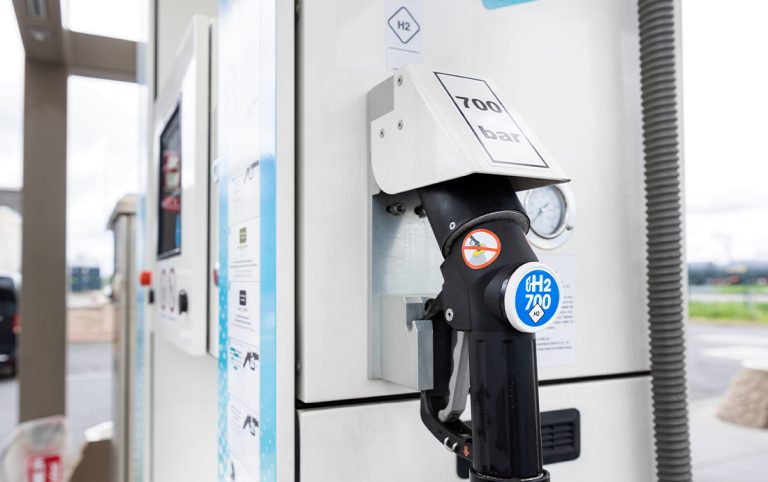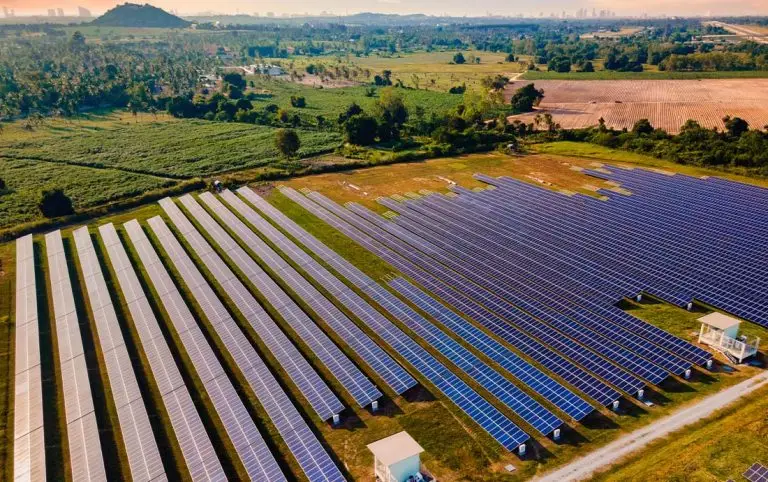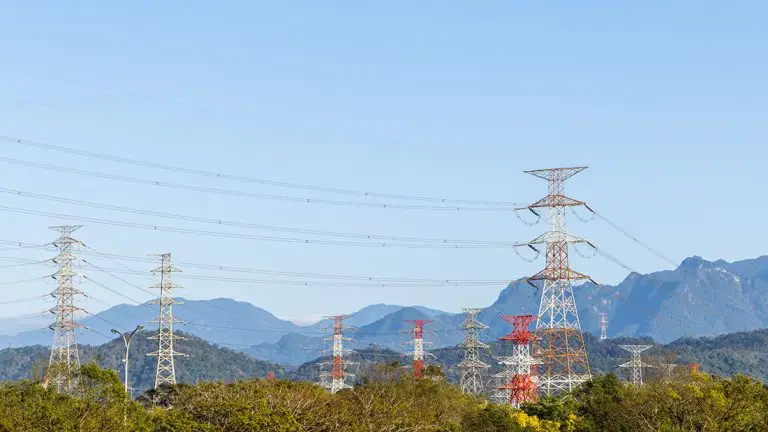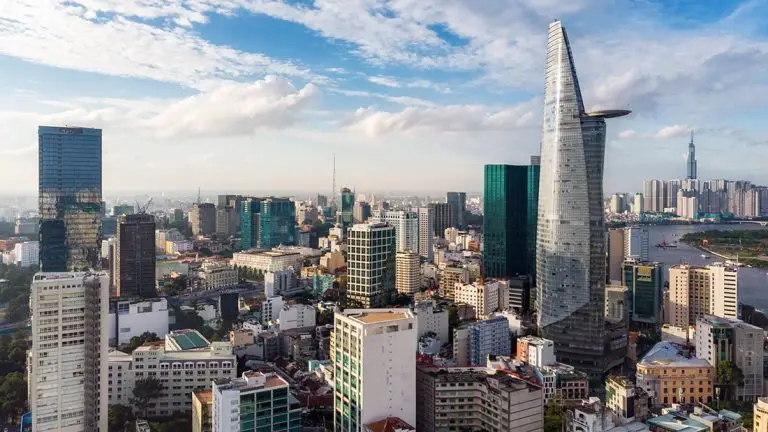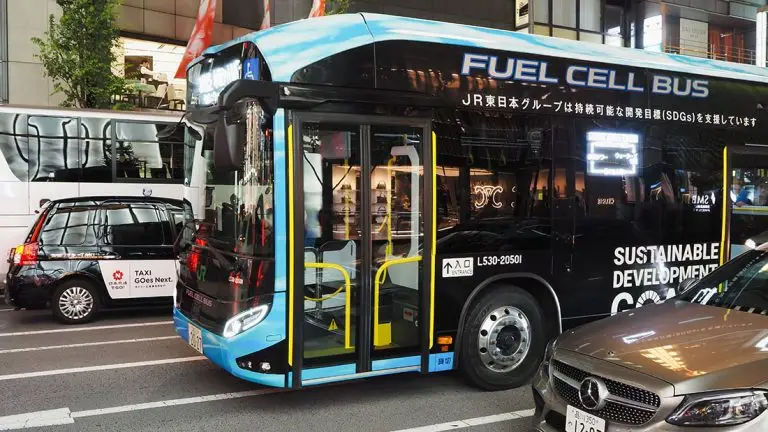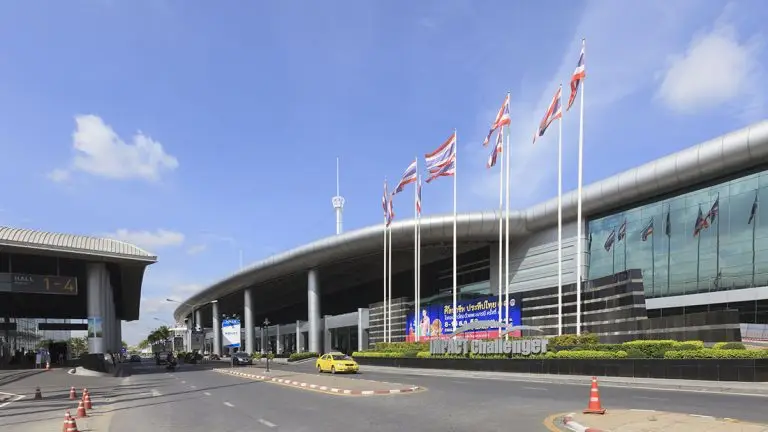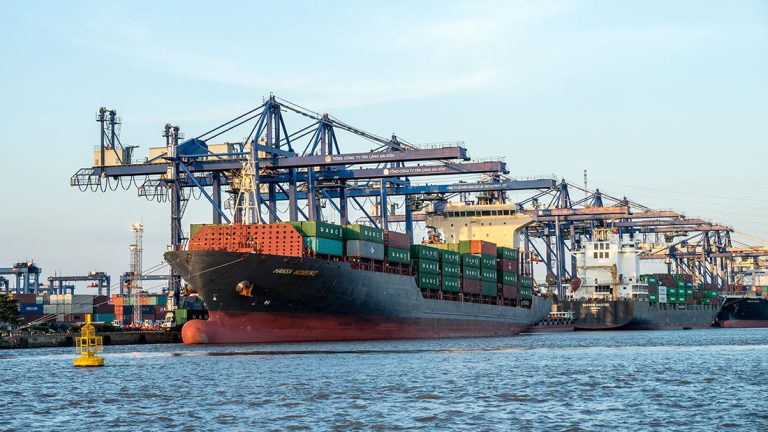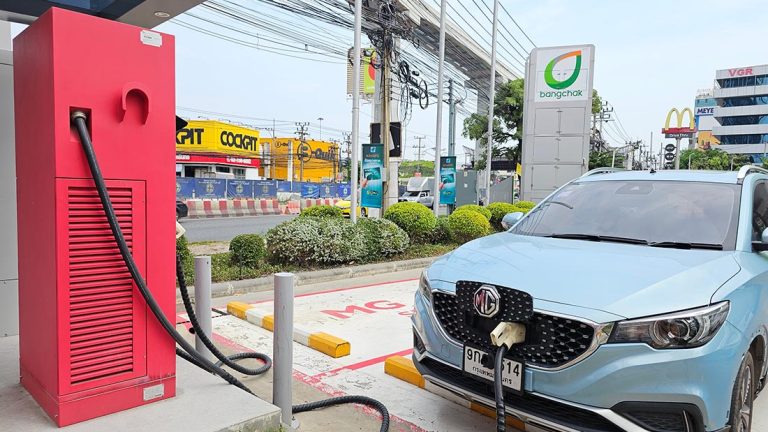- Heavy machinery needs in Asia have created opportunities for firms with equipment that can reduce costs, labour and emissions
- Key markets include India and ASEAN, where rapid infrastructure development and other economic goals have seen demand increase
- Competition from regional manufacturers, including Japanese, Korean and Chinese companies, should be analysed before a possible market entry
Nearly every Asian country is seeking heavy machinery to achieve economic goals. In some markets, infrastructure development requires equipment that offers greater efficiency while reducing emissions. Others are searching for material-handling machinery to assist with the development and operation of ports, logistics parks, and manufacturing facilities. Mining and agricultural activities in several countries are seeking new innovations. Asian Insiders Managing Partner Jari Hietala explores where heavy machinery is needed in Asia and identifies potential opportunities for overseas firms.
Heavy machinery is a common sight throughout Asia with overseas players already taking advantage of opportunities. However, the space is competitive and evolving. Construction, mining, manufacturing and logistics firms are searching for equipment that speeds up processes, reduces costs and enables them to meet local environmental regulations.
For overseas companies, in particular those based in Europe, Canada and Australia, Asia represents a strategic pivot. Tariffs and trade troubles elsewhere mean finding new markets is a priority. From the opposite perspective, sourcing heavy equipment from businesses based in certain countries is becoming less attractive.
A number of Asian governments fully understand economic goals tied to infrastructure, manufacturing and logistics can only be realised with heavy machinery which isn’t available domestically. To that end, several countries have either made it easier for imports to enter or are providing incentives to firms wanting to begin production in Asia. The latter is interesting as it allows for easier access to other regional markets.
Growth prospects for the sector are promising. According to Modor Intelligence, the Indian heavy machinery industry will record a compound annual growth rate of more than eight percent between 2025 and 2030 with the total market size estimated to surpass USD12.7 billion in 2030. In ASEAN, the CAGR over the same span is projected at four percent, leading to a 2030 market size of more than USD10 billion.
Even amid intense competition from companies in China, Japan and South Korea, heavy machinery will remain a promising sector in Asia, offering opportunities for foreign entities.
Heavy machinery in Asia: Opportunities
Opportunities for heavy machinery in Asia can be found in three major sectors: construction, mining and logistics.
Construction
Infrastructure is driving construction efforts all over the region, and there is now a need for heavy machinery capable of speeding up building while reducing costs. Electric and hydrogen-powered equipment to lessen emissions is also being sought after.
In India, Knight Frank noted that the country requires approximately USD2.2 trillion in foreign infrastructure investment to complete planned government projects and reach stated GDP goals. Significant transportation developments, including railways, roadways, seaports and airports, are among those in the pipeline.
Philippine infrastructure development is focused on transportation, green and digital projects with the government allocating nearly USD26 billion to infrastructure in 2025. Both Singapore and Taiwan are exploring equipment that will allow them to overcome labour shortages.
Mining
Mining is growing in importance in Asia as countries look to capitalise on rising demand for minerals used in electric vehicle and battery production. However, scaling activities have created a pressing need for technologically advanced heavy machinery that can make the process more efficient. Mining accounts for approximately 40 percent of equipment sales in Indonesia. India is another market where interest is trending upward.
Logistics
Asian economies are still heavily reliant on manufacturing, but the rapidly expanding logistics sector has become equally dependent on heavy machinery. The focus here is primarily on material handling as speed and efficiency take on greater importance. While previously driven by storage and handling equipment and industrial machines, demand for advanced engineered systems has surged throughout the region.
Autonomous and automated vehicles are tools starting to be adopted. Similarly, palletizers and robotics are now being explored. Logistics continues to grow in Asia, and firms with advanced equipment to support efforts will be needed.
Competition must be considered
Heavy machinery players from Japan and South Korea are active in many regional markets. Komatsu is Asia’s largest manufacturer of heavy industrial machinery and can be found in most countries. Hitachi Construction Machinery is another Japanese firm with a significant presence. Korea’s Hyundai Construction Equipment has made inroads as well.
The emergence of Chinese businesses in recent years has added another layer to sector competition in several Asian countries. Numbers from China’s General Administration of Customs found that exports of equipment manufacturing products surpassed USD850 billion between January and May of 2025.
Sany Heavy Equipment, a manufacturer of mining and construction machinery, has been expanding its reach into Southeast Asia. XCMG and LiuGong Machinery also have distributors and subsidiaries in key Asian markets.
That being said, competition from other overseas firms doesn’t mean opportunities are gone. On the contrary, there remains a strong desire for heavy machinery equipped with new technologies and innovation. The key is locating which markets are the best fit.
Finding the right strategy
Heavy machinery demand is growing across Asia, but tapping into these opportunities requires a deep understanding of local markets as well as industry connections. It may be possible to do this without assistance, but teaming up with a market entry specialist like Asian Insiders can significantly increase the chances for success.
Whether it is conducting in-depth analysis to find crucial information, such as specific addressable market size, or locating and screening potential distributors, our network of country-based experts takes the guesswork out of entry. From there, it is possible to craft a winning strategy.
This also includes more ambitious targets, including expanding to other countries in the region or setting up a local headquarters. Asia is one of the most attractive new markets for heavy machinery. It is essential not only to be situated for success today but growth in the future.
To learn more about how heavy machinery demand throughout Asia is creating new opportunities for overseas businesses, schedule a no-obligation call with Jari Hietala, Managing Partner: jari.Hietala (at)asianinsiders.com
